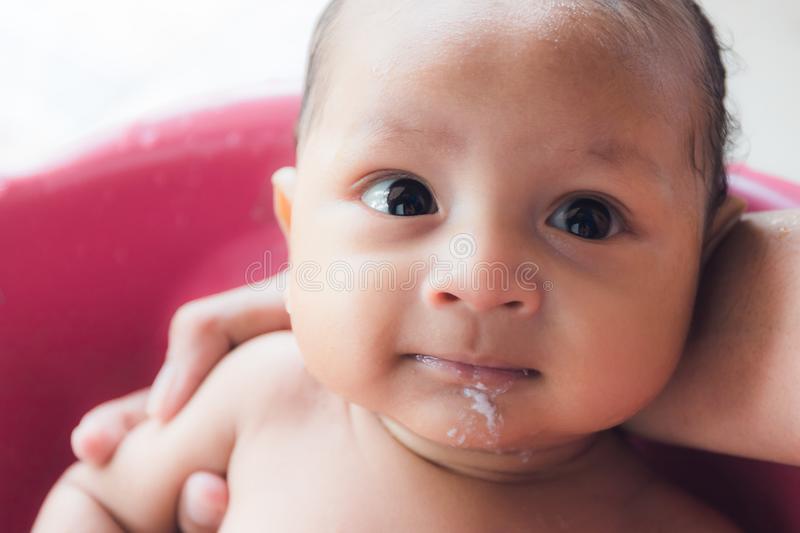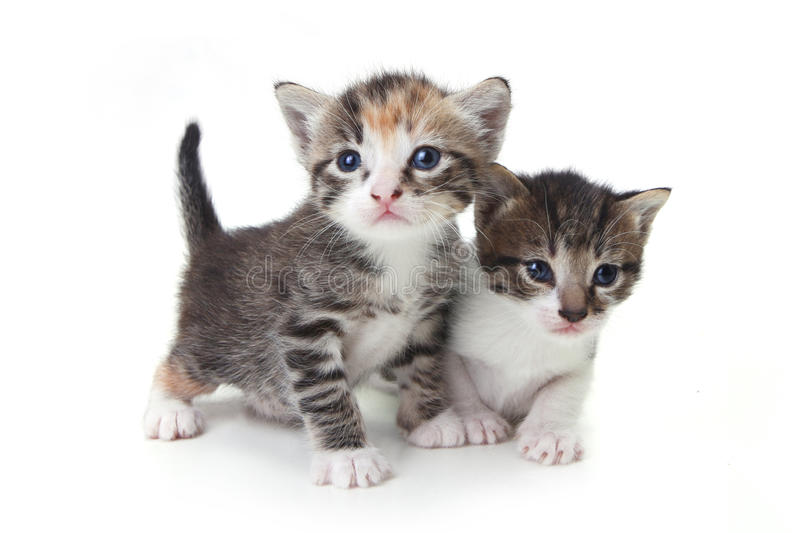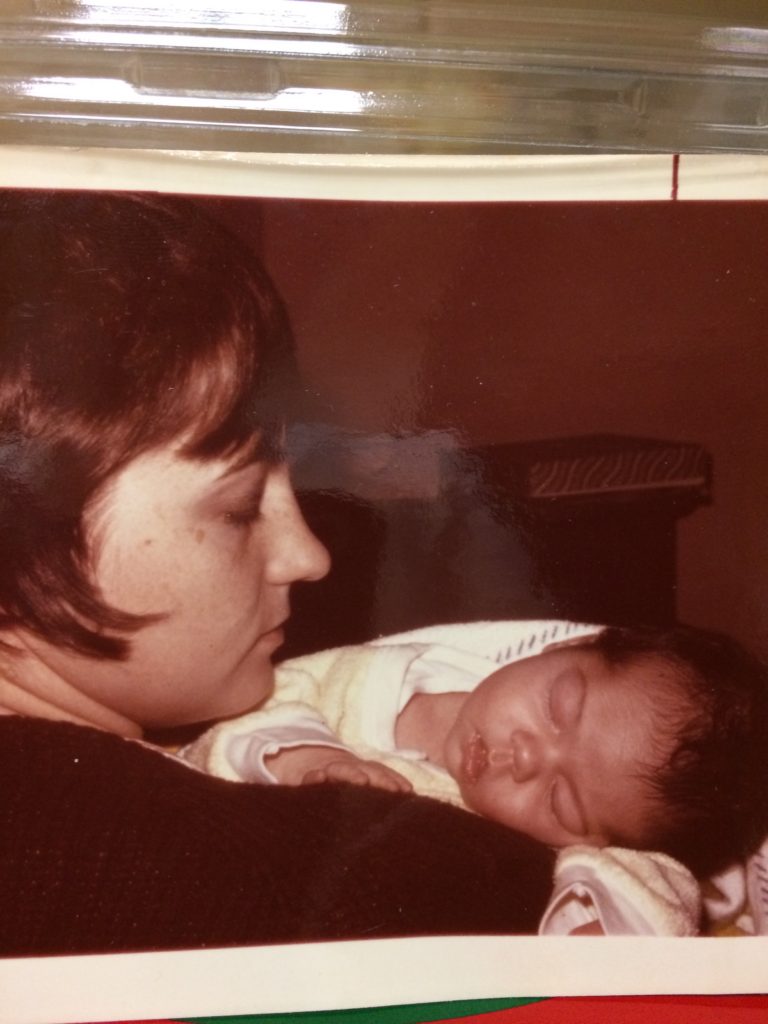When baby sleeps;
her bright head nodding on your shoulder,
her hair gently tickling your neck and chin with downy feathers,
her breath quick, then slow – a gentle in and out of a silent summer’s eve.
Her baby sweat like dew on dawn’s meadow rises,
filling your nostrils with its sweet smell of almost-sour milk, baby oil and
something else – a something you cannot name that lulls
you into a stream of fresh, cool water
Where you are pulled down, deep into its welcome depths,
past the surface currents and undertow, past sense and reason.
You dive deeper to the solid rock bottom where your love is so fierce
it grips you in its ancient crocodile mouth and holds you with iron teeth
until your breath is gone and your body is stone-cold rigid
with the tender, all-encompassing love for your child that never lets go.
You touch that un-nameable smell of your baby and you are gone
into what is not life or death,
but a universe of knowing and longing –
a timeless energy of love and yearning that connects you
to all the mothers that ever were,
and you glory in the perfect satisfaction of holding your dreaming child.
* With a nod to T.R. Hummer “Where You go When She Sleeps”
I just finished a baby quilt for a friend. She’s a young mother in our parish who is having her sixth child. I know new mothers usually get many gifts with their first baby, but it seems like after that, they settle for hand-me-downs. Especially the newborn-to-first year items, the ones used for such a short time. Mothers love to see those tiny outfits on all their babies. It’s kind of like making a legacy. Still, the subsequent children, then, must follow in the footsteps of the first, even when they are born in a different season. Yet, I wanted to give her a gift for this most recent child, so the little one would have a new thing all her own.
New babies make me smile. They are a great addition to the human condition. They offer hope that the world will go on. It is so natural to celebrate every new arrival.
Each of my girls had their own baby blanket. I like that they had their own, which I dutifully saved for them to share with their own babies. I see my granddaughter now using her mother’s baby blanket as one of the covers on her bed. It makes me feel good to see that baby blanket again, and that my daughter can use it for her own daughter. But, of course, I made a baby blanket for each of my grandchildren as well. And, now I am undertaking to make each grandchild their own single-bed size quilt for graduation from high school. Three done, four to go!
What is it about newborns that is so enthralling?
One look and we are in love. Just the sight of an infant: those eyes, that button nose, that rosebud mouth—so captivating. Mothers of newborns often just sit and stare at their newborn, and why not. Babies are beguiling.
When our first daughter was born, it was love at first glance. It didn’t take me more than an instant to be gob-smacked crazy about her. I believed there never was a child as beautiful as mine. She had her own head of black hair, such big, dark-brown eyes. She was gorgeous.
Our good friend came to visit us and congratulate us on our new addition. In our amazement of her, we asked him, “Isn’t she the most beautiful baby you’ve ever seen?” His answer deflated us. “All babies look alike to me.” But years later, when his first child was born – you guessed it, “The most beautiful baby in the world.” we reminded him of his comment to us. Luckily, we were (are) good enough friends to be able to laugh about it. Research supports the theory that all parents have a bias to see the cuteness of their own children. Still, mine were exceptionally beautiful. 😀
Actually, babies do have large eyes—relative to their faces, which is what adults fixate upon. Babies also have heads too big for their bodies, big cheeks and tiny chins. They are extremely hard to ignore which is a trait that is likely hardwired into our brain. Cuteness is its own powerful force, melting hearts and ensuring baby’s survival.

“While we have long known that babies look cute, Oxford University researchers have found that cuteness is designed to appeal to all our senses – even our noses!” (Oxford article)
The characteristics which contribute to ‘cuteness‘, trigger our caregiving behaviors. This is vital because infants need our constant attention to survive and thrive. Actually, we love babies of all species and flood the social media sites with videos of (mostly) kittens and puppies. But any baby animal, is so easy to fallen in love with. We find them all adorable.
“In 1943, Austrian ethologist and zoologist Konrad Lorenz was the first to suggest that all infants have certain features in common that are universally appealing. They include a large head relative to the body, chubby cheeks, a high forehead, a small nose and mouth, and rounder bodies. We simply can’t help but gravitate to anything that fits this cute blueprint, described by Lorenz as the ‘baby schema’.” ~ Angela Saini

The Oxford University team found that cuteness supports key parental capacities by igniting fast privileged neural activity followed by slower processing in large brain networks also involved in play, empathy, and perhaps even higher-order moral emotions.
“Infants attract us through all our senses, which helps make cuteness one of the most basic and powerful forces shaping our behavior.” – Morten Kringelbach
Babies arsenal of cuteness includes their large eyes, big heads, a small nose, high forehead and small ears, infectious laugh, soft skin, chubby body and captivating smell, which helps make cuteness one of the most basic and powerful forces shaping our behavior. According to Brian Resnick, that cuteness ensures that babies will get a steady source of food and protection until they mature to an age when they’re slightly less vulnerable. The level of the response is linked to the amount of parental care the young animals actually need.
Human babies arrive utterly helpless and are dependent on their parents for many years-long after other animals have matured and left the nest, so to speak. That cuteness factor helps elicit the caregiving needed for survival. In fact, some researchers see the generalized cuteness response, from adults as crucial to becoming the species we are today. Its been noted that human babies don’t attain “peak cuteness” until they’re five or six months old.
“This is the age when infants begin to be more aware of other people and their relationship to them, and thus are able to respond to socialization,” he says. “I don’t have children, but when I see a cute child, I smile and hope to receive a smile in return. I think that cuteness encourages us to help socialize children who are not our own, and that this was a revolutionary behavior that helped us to develop the cooperative skills and collaborative abilities that make us human.”-
The power of cuteness does eventually fade, as the child gets older. Apparently, no baby can stay cuter forever. By that time, children are less vulnerable and parents are habituated to caring for their child. Other forces take over that enable us to continue nurturing our children until they are ready to leave the nest.
In addition to being cute, the cries babies make are something to get alarmed about. “sight, sound, or smell of infants can help facilitate caregiving”. Research done in 2009 suggested that our internal trigger for cuteness is an evolutionary adaptation. The mere sight of something cute leaves a big impression, that makes us give it our full attention suggests Eloise Stark.
I remember when our fourth daughter was a baby. Whenever she cried, her big sisters would come running to tell me about it; my husband would tell me. Even the dog would stand and stare at me as if to say, “The baby is crying. Go get her.” It wasn’t like I was deaf, but can’t a person finish on the toilet before they rush to the baby? I always got her quickly, but for some reason, our fourth child was raised by a committee of four—okay, five if you count the dog. Our brains are put into ‘be ready for something’ mode, when there is a baby around. So, even if she was not crying, we were ready for something to happen. Adults cannot help but react to that infant cry. I found that goes for older children as well.
“An infant’s developing sense of self is a direct result of its relationship experiences. . .” Randall Klein.
The good feelings, that relationships provide, form a rudimentary representation of the self, and of mother, in the infant’s pliable mind, which identifies those interactions as pleasure.
Mutual love is grown as more and more positive relations happen between the mother and infant. As the adult feeds, changes, holds, cuddles and loves the infant, the infant learns to trust the adult and respond to that caregiving. The child learns to respond in ways that elicit a reaction from their adult. Smiling, making faces, cooing, laughing, and crying all get the adult to respond to the baby again and again. The cuter the baby, the more interaction it gets.
So, as the poem says, this mother instinct is ancient and we are, indeed seized by an ancient crocodile mouth and held with iron teeth. That is so good for the baby and a wonderful experience for us, as well.
Resources:
“Babies’ cuteness is key to their survival.” By Brian Resnick@B_resnickbrian@vox.com Jun 8, 2016, 10:50am EDT
“Primary Love: The Elemental Nature of Human Love” By Randall S. Klein
“The code for cuteness” By Angela Saini, BBC Earth, at: https://www.bbcearth.com/blog/?article=the-code-for-cuteness
The paper “On cuteness: Unlocking the parental brain and beyond” is published in Trends in cognitive science (doi:10.1016/j.tics.2016.05.003).
“Why Babies Are So Cute—And Why We React the Way We Do” By Gemma Tarlach, November 13, 2019 11:00 AM. From: https://www.discovermagazine.com/mind/why-babies-are-so-cute-and-why-we-react-the-way-we-do
The poem “When Baby Sleeps” has been published in Proper Poems for Proper Ladies . . . And a few naughty ones, too, We Sisters LLC, 2019. and Published in Today’s Best Poets, 2013, Betty Cummins Starr-Joyal Editor & Publisher, Poetry Fest Press. and Published in Editor’s Choice Award, 2013. Betty Cummins Starr-Joyal Editor & Publisher, Poetry Fest Press.
